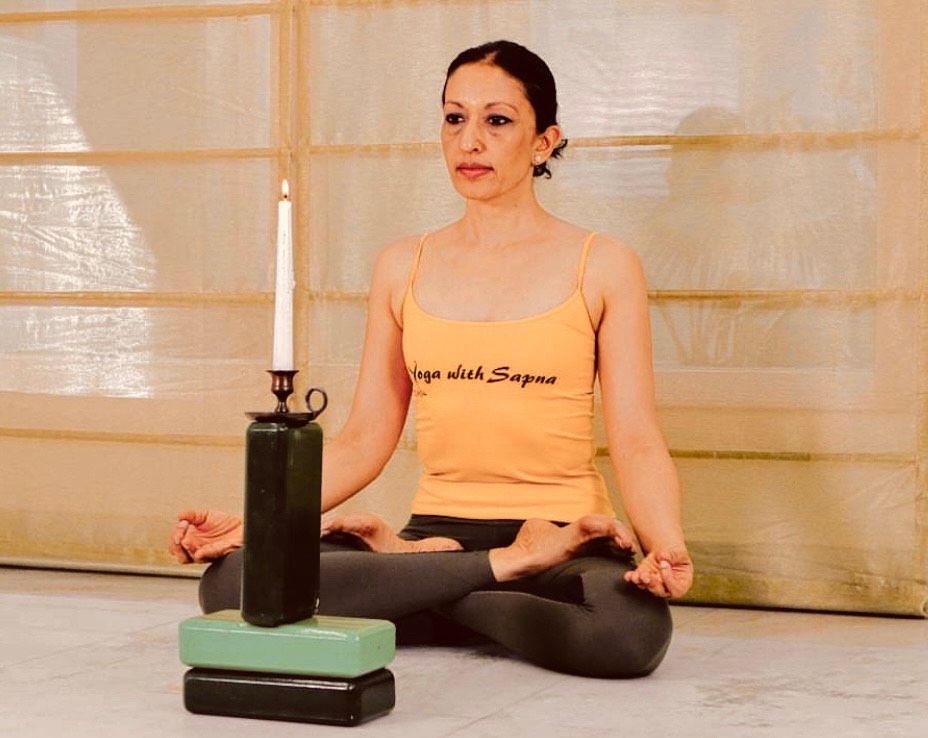Several modern day lifestyle practices lay the groundwork for stress, burn out and mental fatigue. Scrolling on one’s phone for hours on end, working on the computer continuously, which involves sitting sedentary for the major part of the day, eating on the go or consuming excessively processed foods: all this wears us down mentally and physically.
Staring at our screens without blinking for long stretches accelerates the wearing down of our eyesight. Our eyes need to be rested sufficiently. Blue light does irreparable damage to one’s eyes, causing dry eyes and various eye degenerative conditions. It also hampers sleep. Unfortunately people are disregarding the deep importance of sleeping in time at night and syncing the body with natures bio-rhythms.
The individualistic orientation and approach to life today, involving impatience, a need for instant gratification and endless wants, leads to conditions like loneliness, depression, lack of meaning, absence of a deep purpose in life, anxiety, stress, and various physical and psychological conditions, all of which often lead to insomnia.
Our ancient texts have mentioned remedies for stress, anxiety, sleep deprivation and insomnia. Two of these potent techniques are Yoga Nidra and Meditation.
Some of the results that both these techniques aim to achieve, do overlap, however there are innate differences in their mode of practice and also in the outcomes that ensue.
Origin of Yoga Nidra and Meditation
Meditation has evolved from different cultures however, its origins trace back to Hinduism and Buddhism. This practice has been existent over centuries and has evolved into many different styles including mindfulness meditation and transcendental meditation.
On the other hand, Yoga Nidra comes from the yogic tradition, and its roots lie in the very core philosophy of yoga. Originally propagated by Swami Satyananda Saraswati in the mid-20th century, the practice of Yoga Nidra involves utilising yogic knowledge, the deep beliefs and philosophy of this science, combined with techniques and methods used for relaxation in modern times.
Techniques and Approach:
The first fundamental difference between the two is that meditation is usually done sitting upright while during ‘yoga nidra’ the person is lying down relaxed.
During meditation it is essential that one’s spine is erect, energy is focussed and ascending up the spine; but during ‘yoga nidra’ the spine and supporting spinal muscles are relaxed and one’s energy is allowed to dissipate.
While meditating, a person will usually focus on a specific object or breathing technique. Meditation involves mindfulness and concentration. During meditation, one is advised to observe thoughts without attachment, to achieve mental clarity and emotional stability. On the other hand, Yoga Nidra involves guided relaxation. Relaxation is induced by a prescribed set of guided instructions. It involves rotating the awareness through the body, breath awareness, and a set of different visualisations that induce one to slip into a deep state of relaxation while maintaining awareness at a deeper level of consciousness.
Yoga Nidra and Meditation also differ in terms of states of consciousness. While an individual doing meditation is in a mindful state of consciousness, Yoga Nidra leads practitioners into a state where one is hovering between wakefulness and sleep state, known as the hypnagogic state. The practice of Yoga Nidra trains the body and mind to relax at a deep level while the consciousness remains receptive and alert.
Conclusion
Without a doubt, both Meditation and Yoga Nidra work towards the all-embracing goal of promoting inner stability, self-awareness and peace, even though their mode of practice is very different. If you want to experience a deeper understanding of any of these practices or derive amazing benefits from them, then working with a professional is key.
To practice Meditation or Yoga Nidra for deep relaxation Join the yoga sessions at Yoga with Sapna today.
